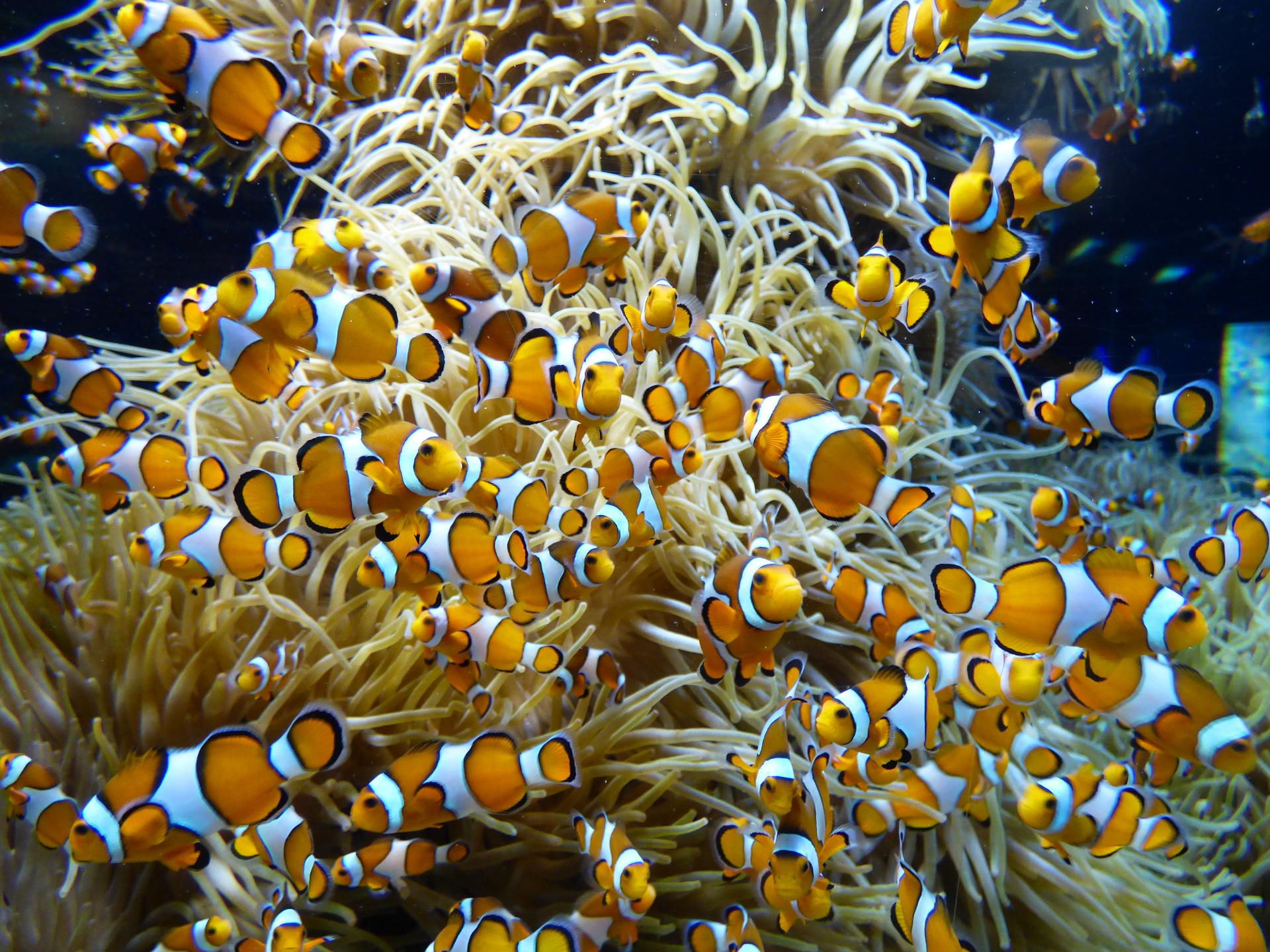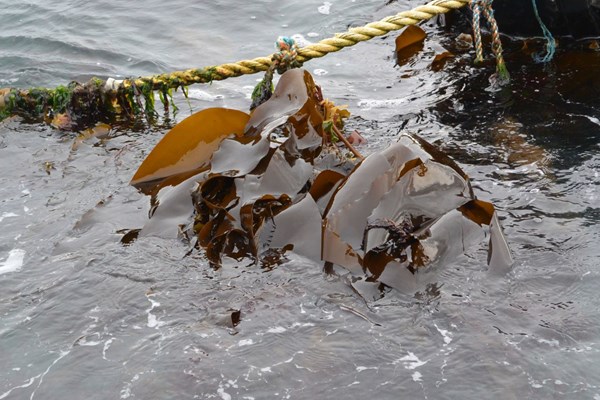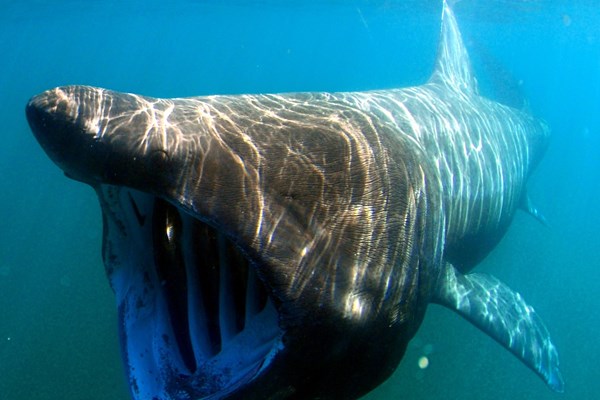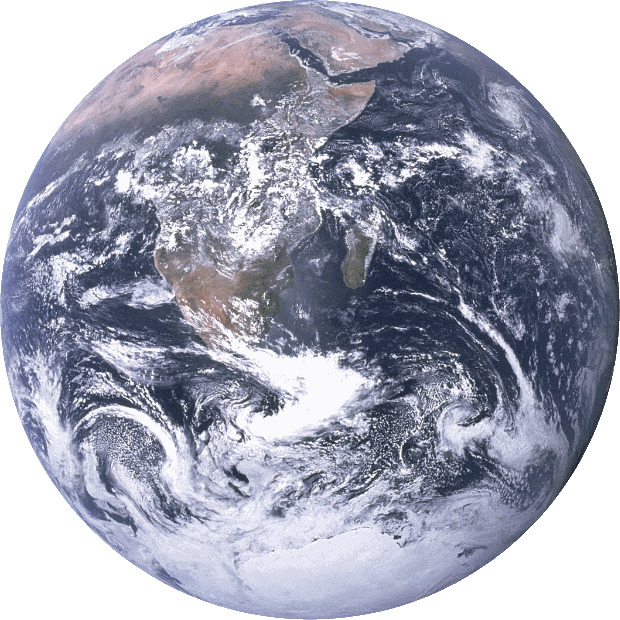Nanomaterial survey on behalf of the State Supervision of Mines (SSM) to commence in June 2025
3 June 2025
Since 2020, chemical suppliers are now legally required, under European Union Registration, Evaluation, Authorisation and Restriction of Chemicals (EU-REACH) and Classification Labelling and Packaging (CLP) regulation, to report any REACH-registered substance due to be placed on the market as a nanomaterial. This was brought in to ensure suppliers demonstrate safe use of substances in nanoform to both human health and the environment. Furthermore, other regulatory regimes like United States Environmental Protection Agency (US EPA) now require that the nanomaterials are separately registered under Toxic Substances Control Act (TSCA) and therefore additional information should be made available by chemical suppliers on request by regulatory authorities.
In 2021, the Harmonised Offshore Chemical Notification Format (HOCNF) form (OSPAR Recommendation 2010/03) and HOCNF Guidelines (OSPAR Agreement 2012-05) were amended to allow identification of deliberately added nanomaterials in offshore chemicals by the oil and gas industry.
The current OSPAR Recommendation 2010/03 define nanomaterials as:
“…natural, incidental or manufactured material containing particles, in an unbound state or as an aggregate or as an agglomerate and where, for 50 % or more of the particles in the number size distribution, one or more external dimensions is in the size range 1 nm - 100 nm. In specific cases and where warranted by concerns for the environment, health, safety or competitiveness the number size distribution threshold of 50 % may be replaced by a threshold between 1 and 50 %. By derogation from the above, fullerenes, graphene flakes and single wall carbon nanotubes with one or more external dimensions below 1 nm should be considered as nanomaterials.” *
The Dutch State Supervision of Mines (SSM) have requested that Cefas conduct a Nanomaterial Survey focusing on gathering additional evidence about the physico-chemical profile of substances expected to be produced as nanomaterial. Efforts have been made to ensure that the evidence requested closely align with the data requirements already laid out in the wider EU-REACH regulation however, where a substance is exempt from REACH registration data requirements but data are still required under the OCNS this additional information may need to be generated by the chemical supplier to fulfil the OSPAR reporting requirement for nanomaterials.
The survey will help in identifying nanomaterials in offshore chemicals and eliminating gaps in flagging of substances deemed to meet the nanomaterial definition. All data collected and reviewed will be used to:
- Flag the offshore chemicals with nanomaterial warning flags where it is not already identified on the registration/product template.
- Inform SSM regarding the number of offshore chemicals containing nanomaterial substance, and more broadly;
- Support the OSPAR Offshore Industry Committee (OIC) in delivering the objectives of the North-East Atlantic Environment Strategy 2030.
Any further updates to the survey will be communicated through the individual emails with each chemical supplier involved and general information will be communicated on the Cefas Bulletin Board.
From 10th of June 2025 Cefas will forward the survey to all chemical suppliers who register offshore chemicals under Offshore Chemical Notification Scheme (OCNS) and where nanomaterials or possible nanomaterials have been identified by Cefas.
The completed form will need to be sent back to the Cefas team (ocns.chems@cefas.gov.uk ) by 5th August 2025.
Cefas thank chemical suppliers in advance for their cooperation and support in this matter.
* The HOCNF guidance refers to the nanomaterial definition as currently available under document “Commission Recommendation of 18 June 2011 on the definition of nanomaterial (Text with EEA relevance)”. This definition is now superseded by “Commission Recommendation of 10 June 2022 on the definition of nanomaterial (Text with EEA relevance) 2022/C 229/01 C/2022/3689”. For the purposes of this survey the definition outlined in the current OSPAR HOCNF guidance will be used to define and flag nanomaterials.





